The latest episode of Dune: Prophecy, titled “Twice Born,” has stirred significant conversation among fans, particularly regarding the controversial resurrection of Lila.
This shocking twist not only impacts the narrative but also raises ethical questions about the use of forbidden technology within the Dune universe. This article will explore the implications of Lila’s resurrection, the methods used, and how it shapes the series’ future.
The Shocking Resurrection
In Episode 4, Lila presumed dead after a dangerous ritual known as Spice Agony, is brought back to life through the controversial use of Thinking Machine technology.
Tula Harkonnen, deeply affected by Lila’s death, defies the Bene Gesserit’s strict rules to resurrect her. This act is not merely a plot device; it serves as a commentary on the lengths individuals will go to for love and loyalty, even when it involves breaking moral and ethical boundaries.
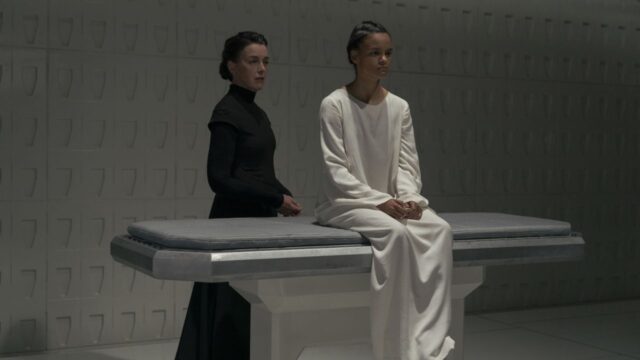
How Was Lila Resurrected?
Tula’s resurrection of Lila involves placing her body into a Thinking Machine, a method shunned by many within the Sisterhood. The process utilizes Spice Melange, which enhances brain activity and allows for revival.
This method is fraught with danger and secrecy, as Tula knows that her sister Valya would disapprove of such actions. The revival hints at a deeper connection between technology and spirituality in the Dune universe, raising questions about truly living or dying.
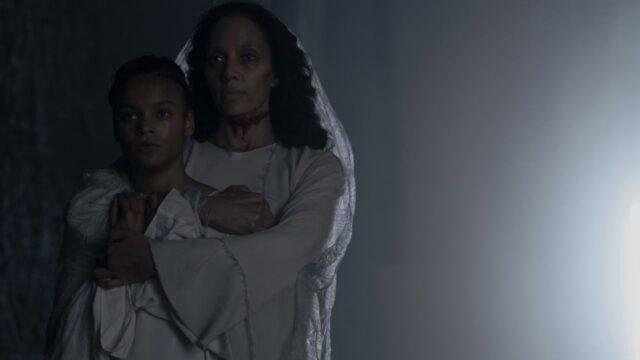
Ethical Implications
The use of Thinking Machines for resurrection poses significant ethical dilemmas. It challenges the beliefs held by the Bene Gesserit regarding life, death, and the sanctity of human existence.
Tula’s actions may be seen as an act of desperation or love, but they also reflect a troubling willingness to manipulate life itself. This controversy could lead to internal conflict within the Sisterhood as members grapple with Tula’s choices and their consequences.
Viewer Reactions and Speculations
Fans have responded passionately to Lila’s resurrection, with many expressing excitement and concern over its implications for future episodes.
The revival has sparked discussions about how it will affect character dynamics within the Sisterhood and whether Lila will retain any memories or abilities from her time in death. Speculations abound regarding how her return will influence ongoing power struggles among characters like Valya Harkonnen and Desmond Hart.
The Bigger Picture: Impact on the Series
Lila’s resurrection is not just a pivotal moment for her character; it signifies a turning point for the entire narrative of Dune: Prophecy. As viewers anticipate how this event will ripple through future episodes, it raises questions about loyalty, power, and the potential consequences of tampering with life.
The episode sets up a complex web of intrigue that could lead to significant shifts in alliances and power structures within the series.
Conclusion
The controversial resurrection of Lila in Dune: Prophecy Episode 4 has opened up new avenues for storytelling while challenging viewers to consider profound ethical questions surrounding life and technology.
As Tula Harkonnen’s choices reverberate through the narrative, fans eagerly anticipate how these developments will shape the fate of characters and factions in this richly woven universe.
With each episode, Dune: Prophecy continues to push boundaries and engage audiences in thought-provoking discussions about morality in science fiction.
About Dune: Prophecy
Dune: Prophecy is an American science fiction television series set in the Dune universe created by Frank Herbert, for the streaming service Max. Focusing on the origins of the Bene Gesserit, an exclusive and powerful sisterhood who undergo intense physical training and mental conditioning to obtain superhuman abilities, it takes place approximately 10,000 years before the events of Herbert’s novel Dune (1965) and serves as a prequel to Denis Villeneuve’s Dune (2021). The series is produced by Legendary Television, with Alison Schapker serving as showrunner, writer, and executive producer.
During Legendary Entertainment’s 2016 acquisition of television and film rights for the Dune franchise, they began development of a two-part film adaptation with Villeneuve serving as director by 2017. Legendary Television ordered the series in 2019, being a spin-off project from Villeneuve’s films.
Plot: Set 10,000 years before the events of Dune, the series “follows sisters Valya and Tula Harkonnen as they combat forces that threaten the future of humanity, and establish the fabled sect known as the Bene Gesserit.”
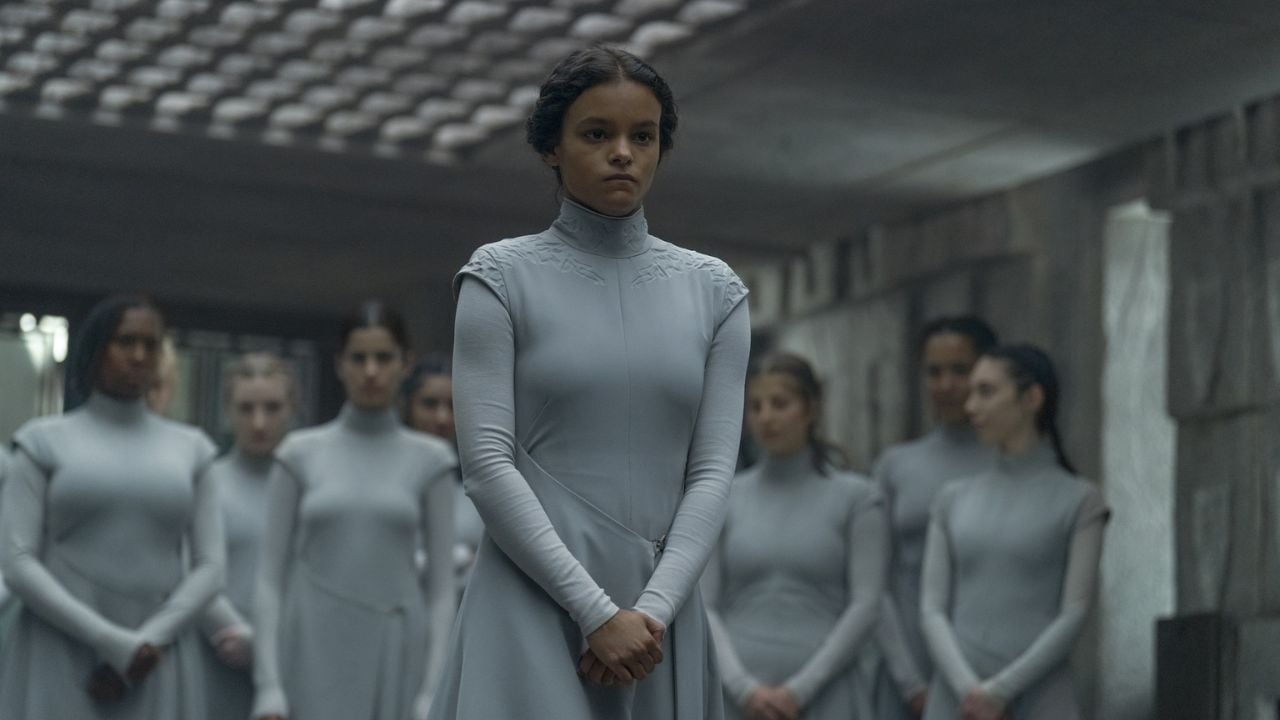
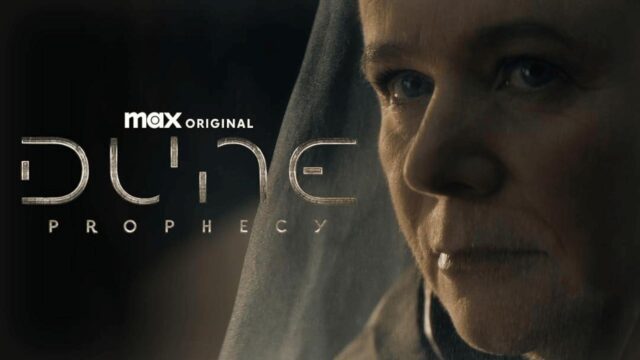

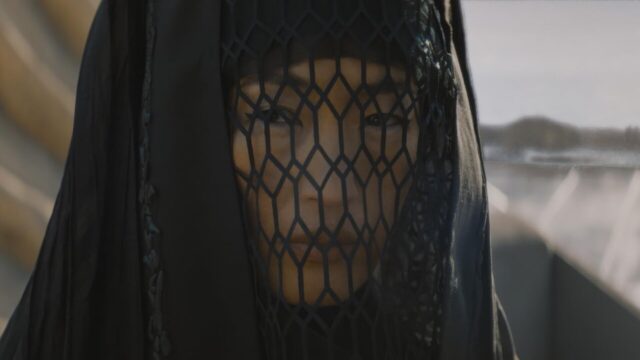
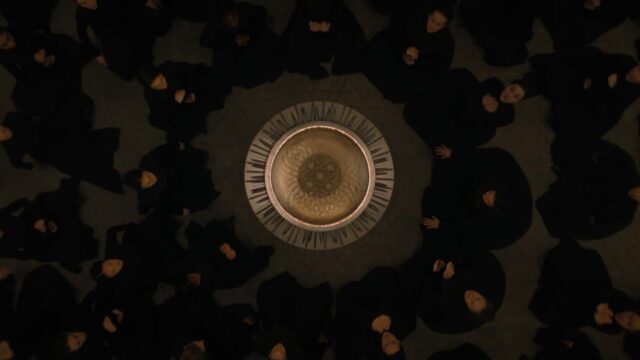
No Comments on The Controversial Resurrection of Lila in Dune: Prophecy Episode 4